
The Ivory Band of Yesterday: An Eternal Ring Retrospective - Article
by Issa Maki , posted on 23 February 2022 / 4,406 ViewsLike many in our fraternity, I too am preparing for the release of Elden Ring: I have linked the Fire across the Lands of Cinder, gone on the 'Hunt', defeated Isshin the Sword Saint, and assayed the role of the Old Monk more times than I care to admit in print. But unlike many of my contemporaries ready to march forward, I decided to take the step backwards for a more holistic viewpoint, to an era when FromSoftware was a virtual non-entity, paying dues and learning the lessons that would help it survive into the post-HD world.
A launch title for PlayStation 2, the odds were stacked against Eternal Ring from the beginning. Despite being a dramatic improvement over its spiritual predecessors, jaded reviewers traumatized by the slow-paced, atmospheric nature of games like Shadow Tower refused to acknowledge the progress made since 1994. If you happen to be a veteran of King's Field, this is great news; for the rest... think of it as an opportunity, for this is the bridge between the past and contemporary history. Walking this path will result in a more nuanced fan – one who will be able to use what 'was' to better understand what 'is'.
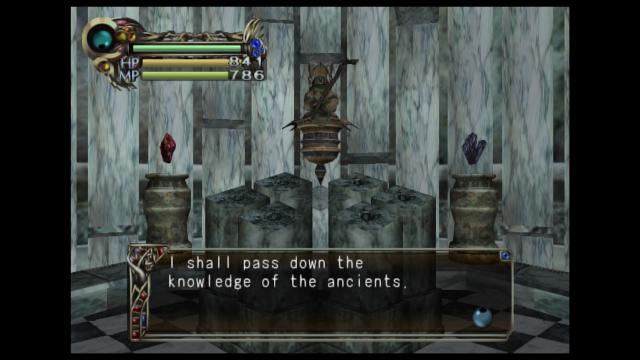
Our first trip towards the Eternal Ring experience isn't the disc tray, but rather a thorough reading of the instruction booklet. Anyone disenchanted with FromSoftware's indirect approach to storytelling will be heartened to learn that this is a recent affliction. Inside are a solid five pages of background information to assist in the creation of world-building. Combined with NPCs who have more than a few sentences of dialogue and legitimate cut scenes that explain the narrative, where we end up is almost inexplicable; I mean it with all sincerity when I say that Eternal Ring has the best story in a FromSoftware game I've encountered. It's worth a playthrough just to see what the company was capable of long before Miyazaki and George R.R. Martin stuck their fingers in the pie.
After ascending to power, the ruler of Aldine began to aggressively expand its borders. The peaceful citizens of Solcia, fearing thralldom and the exploitation of their latent magical abilities, retreat to the island home of their ancestors, hoping that the fabled 'Eternal Ring' might deliver them from certain doom. The Aldinian army pursues, a brief conflict takes place, and nothing is heard from the forces of either nation ever again.
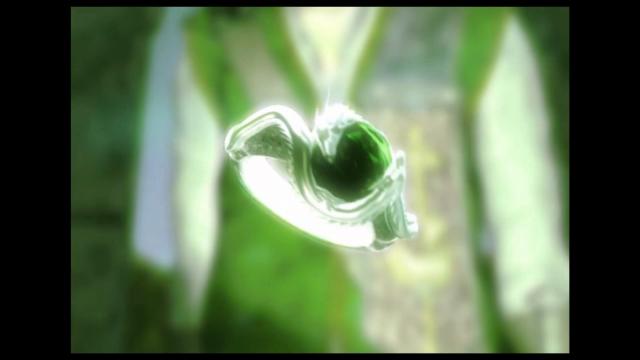
Two decades later, in the absence of a conqueror, the small kingdom of Heingaria begins a campaign of its own. With sovereign power held by a cabal of 'Elders', its people can only watch on as atrocities are committed in their name. Desperate for a policy change, King Martin entreats his vassal, Cain Morgan, to journey to the mysterious 'Island of No Return'. There, he can keep a watchful eye on the Elder's research team while attempting to unravel the mysteries of the Solcian War.
The parallels between Eternal Ring and other FromSoftware titles are evident, but go unrecognized. Cain's adventure is clearly patterned on Alexander's trip to Verdite Island in King's Field II, and his war-torn orphan background brings Sekiro: Shadows Die Twice to mind. Full of obscure references to 'the North', an all-too-iconic green sword, and requiring four tokens to access the endgame, fans should know they're in familiar hands. When players are making the choice between a poison area or the forest where enemies can kill them in a single hit, there can be no mistake that this is a FromSoftware game, through and through. The veils of time may try to hide it, but the truth can be seen by those able to remove them.
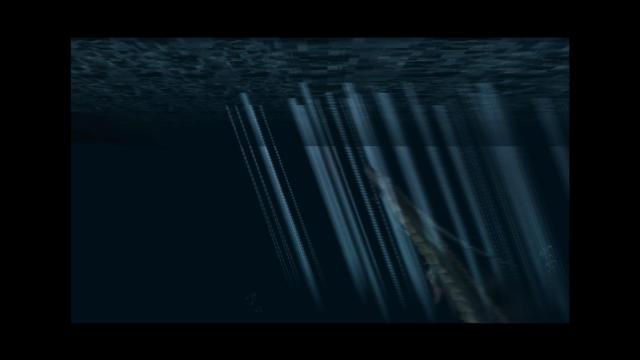
Taken for what it was in the year 2000, Eternal Ring is a massive step forward. The stamina/cooldown meter that once limited actions in King's Field (generally) only applies to casting spells, allowing for more freedom of movement. Further emphasizing this is the supplemental role melee combat takes, serving more to restore MP in crisis situations than being the main focus; bows, armor, shields, and all non-blade weapons (save one) are no longer found throughout the open world. Success in Eternal Ring depends on Cain's innate ability to bend the magical energies around him, shaping them into manifestations of his will.
Similar to the myths that inspired Tolkien, FromSoftware has a mild fixation on rings. If it's not the King's Ring from Dark Souls II, it's the Rings of Life and Death from Déraciné (which I wear proxies of); even the Darksign, brand of the Undead, is circular in nature. Like semi-boneless steak, it's one of those things that should be easy enough to understand but impossible to explain. I've made my own bands before and will again, but until then I'll have to be content with the dozens I can create with Eternal Ring's highly customizable crafting system.
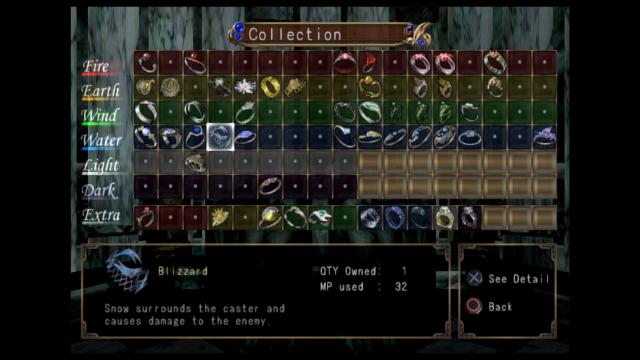
There are three types of rings to discover, two of which (Magic and Assist) can be forged by Cain. With six elements that have five grades of quality (represented by a series of gems), blending them together in the proper combinations and ratios can produce unexpectedly powerful magic – a technique that must be exploited in order to survive.
For example: early in my recent journey, I was able to roll an 'Earth Heal' ring, saving me dozens of consumable, HP-restoring grasses. 'Upheaval' followed shortly after, granting a damaging offense that synergized with both my cure spell and 'Ring of Earth', which bestowed further elemental bonuses. This eventually gave way to 'Ice Trap' and the player-encompassing 'Blizzard', creating a hit-and-run strategy that served well in the quest for summoning magic. Uniques such as the 'Ring of Seek' add a homing property to projectiles, whereas 'Mirage Edge' allows Cain to attack with his melee weapon four consecutive times, evoking the infamous 'Offering' relic from Final Fantasy VI.
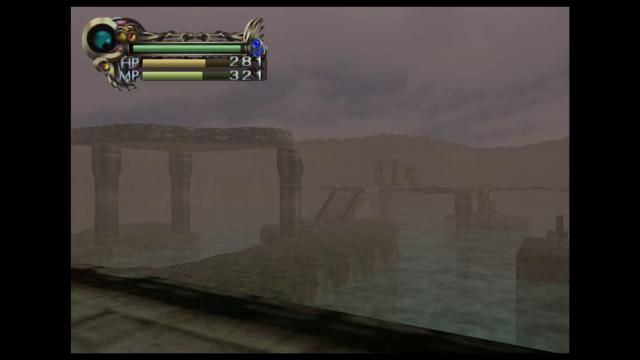
Similar to her descendants, Eternal Ring rewards intelligent thinking by giving players the freedom to make mistakes. It's a small wonder how some of this stuff didn't make the transition into the Souls era: who wouldn't love summoning the red dragon of old, or freezing Havel with a glyph of ice? Everybody willing to put in the effort can find their own path to victory, in their own way – if they apply themselves. This philosophy is the core tenant of FromSoftware today and it was being taught generations before the company was ever recognized.
The longer a look that modern gamers take at Eternal Ring, the more of themselves they'll start to see in the past. Demon's Souls acolytes will recognize the Shrine of Storms in the Tower of Storms, while Dark Souls devotees would have to try their hardest to ignore the origins of The Duke's Archives. Analogues for Heide's Tower of Flame and the Iron Keep from Dark Souls II will be discovered. These instances aren't limited to locations; the poison moths from Huntman's Copse have ancestors here, as do the skeletal knights from New Londo Ruins. Graduates of FromSoftware would know the Eternal Sword if they held it in their hands, and all know what the Ring of Sacrifice does:
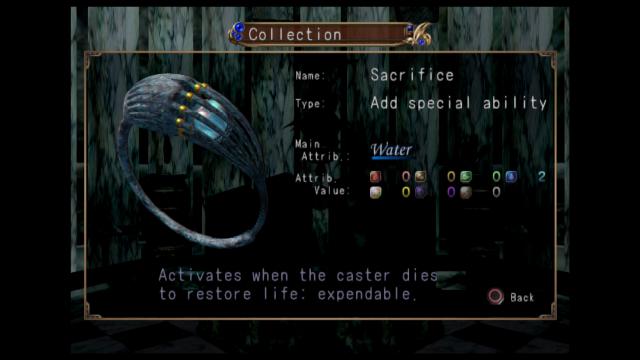
Eternal Ring is by no means a perfect game, but there's more to the story than its 62% on Metacritic would have you believe. The contention that the game is too similar to what came before largely falls on deaf ears in a world where no one remembers them. Alongside a crisp 60 FPS framerate that's multitudes faster than what the PlayStation was capable of, the chief concerns that plagued FromSoftware's vintage library instantly dissipate. The lack of analogue support for the DualShock 2 controller - once a valid complaint - has been remedied by its inclusion for the PS4 remaster (which looks great in HD). Time has dulled these ailments, along with the comparisons to Dark Cloud, whose novelty quickly overshadowed Eternal Ring in every way. I won't deny which choice I made in 2000, but I will say this: I know that I'll revisit Eternal Ring again at some point in my life. I don't think I I'll ever say that about Dark Cloud again - especially when Dark Cloud 2 exists.
The one thing about FromSoftware's fan base that frustrates me more than getting invaded in the PS3 version of Dark Souls II eight years after its release, is that there's an entire culture to explore, yet all everyone talks about are the same six games. There were almost fifty titles in FromSoftware's library before Demon's Souls, almost all of which have fallen by the wayside. Sekiro should naturally bring Otogi into the conversation; instead, I get the same blank look my cat used to give me back when I would talk to him about Otogi, nevermind the fact that there was a sequel. And you know what? That's alright. Nobody is complaining about the 31 million copies Souls has sold, and considering that my life would be exactly the same (except for owning some games earlier than I do), I'd say it worked out pretty well for everyone.
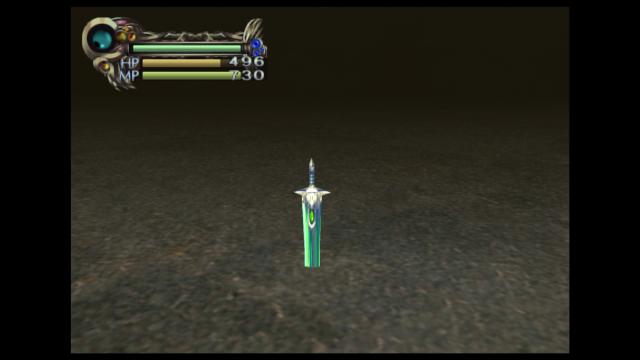
So, if you enjoyed Dark Souls but were overwhelmed by the offensive focus of Bloodborne, or Sekiro's unrelenting demand for perfection, there are alternatives to consider. Should Elden Ring be any cause for hesitation, perhaps an answer has been behind you all along. The past is what informs our present, giving context to the future. With this is mind, we can start to become more enlightened enthusiasts that appreciate the long road it took to bring us to this moment.
And one day, we'll wax intellectual about The Adventures of Cookie and Cream!
More Articles
i played eternal ring back on the PS2, i remember liking the game but not getting to far, maybe i will try again
Even though i didn't really like this game. I liked the style of gameplay it had. And the music was good too. I wish Fromsoftware would make another first-person game like this.








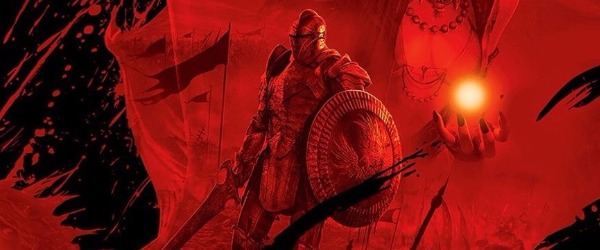
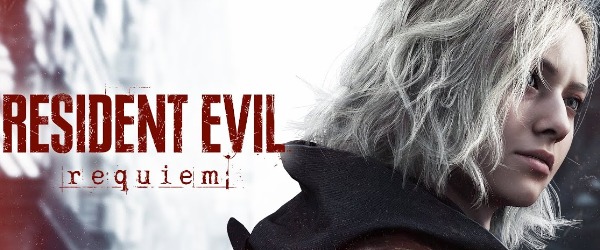
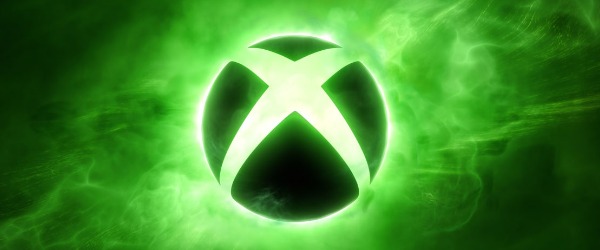
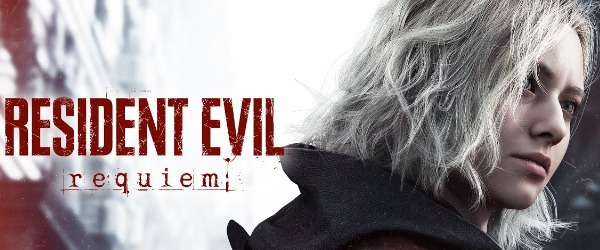










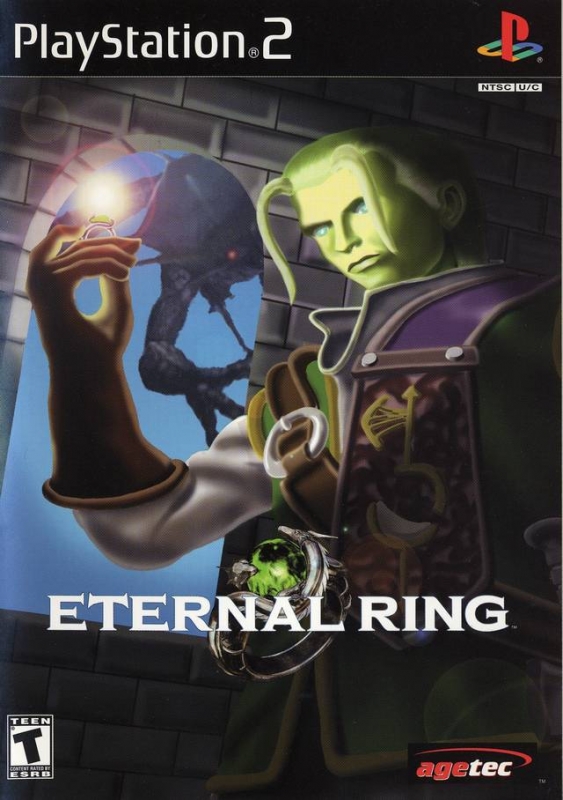

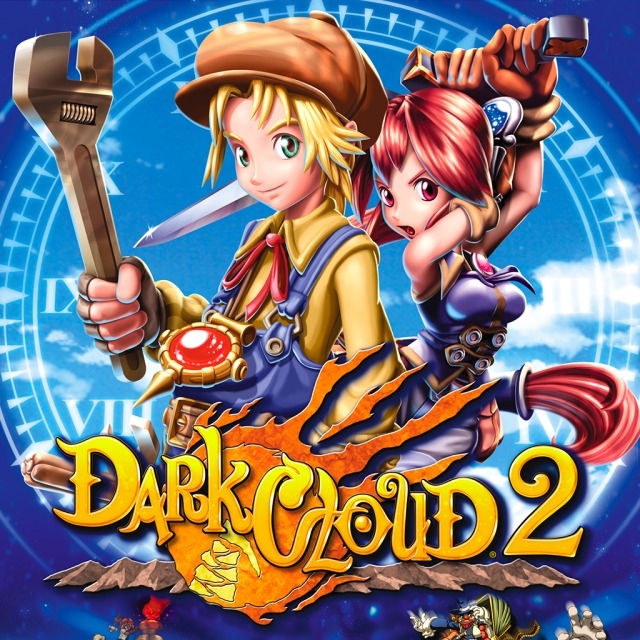


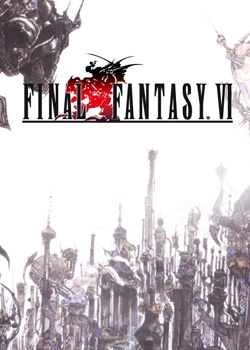

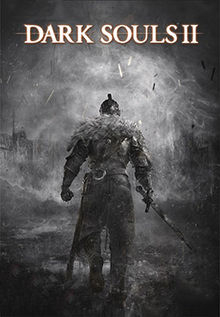
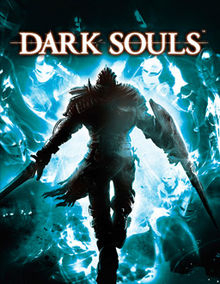
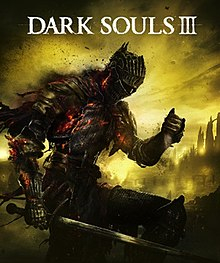
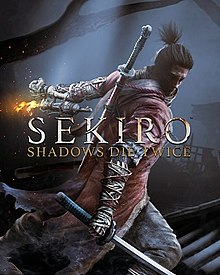
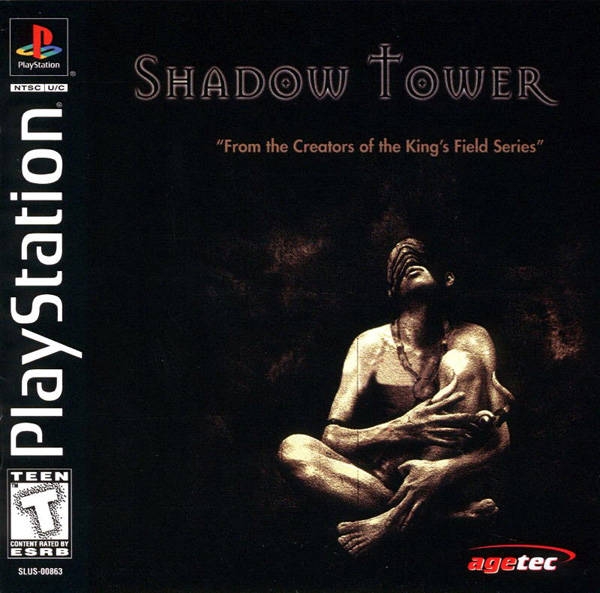

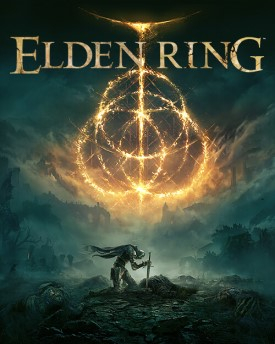

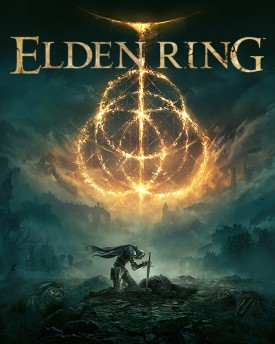

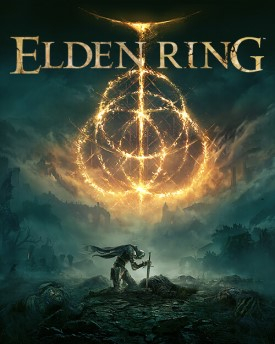

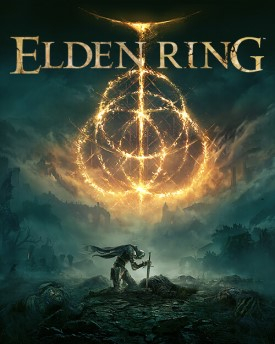
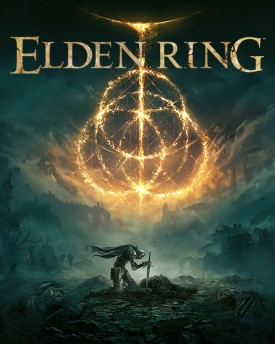

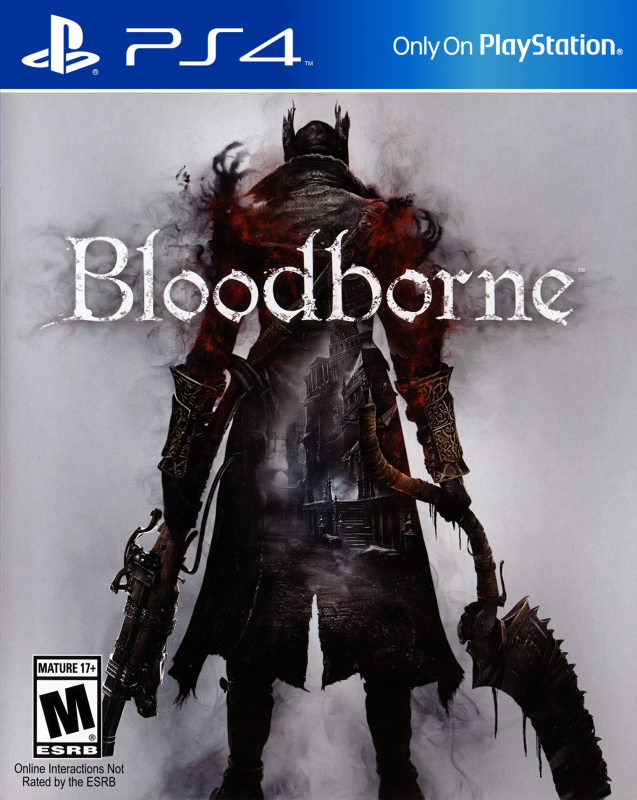
 Essay Pro
Essay Pro